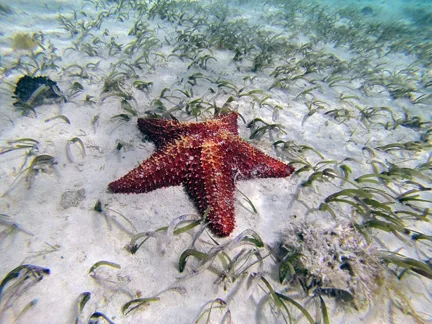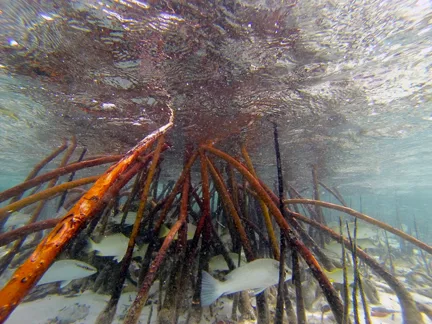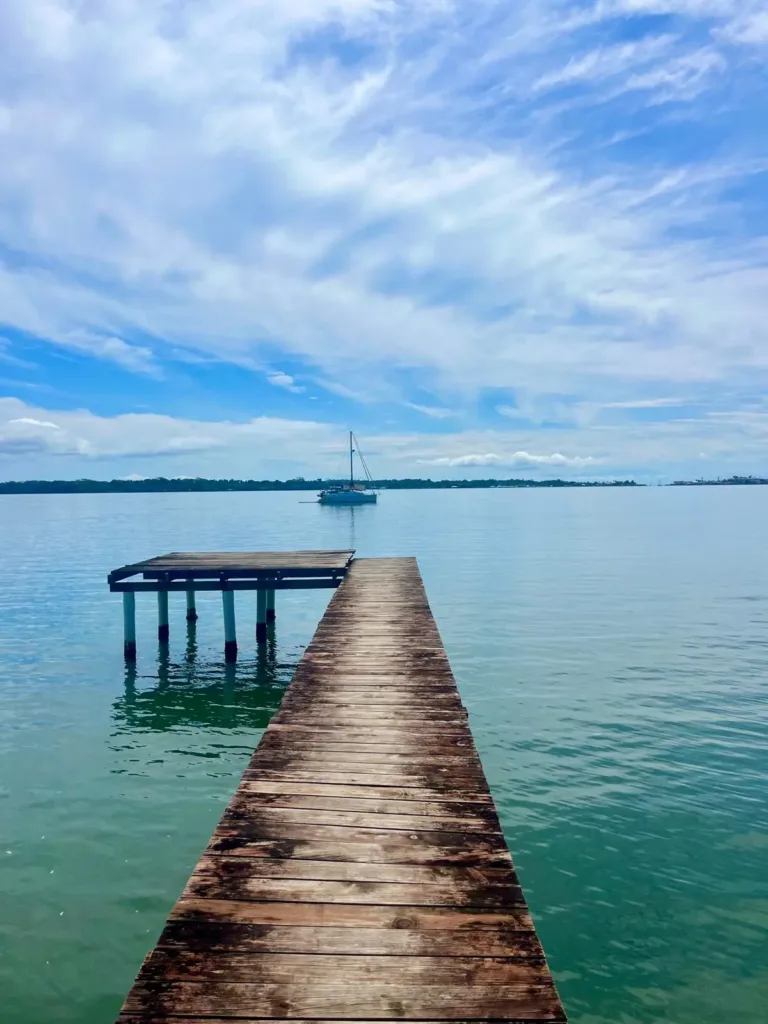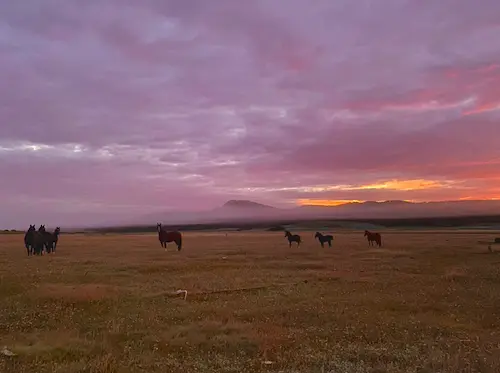Mangrove Forest Ecology
Last week, my classmates and I went on our first outing that required the use of the SFS boats. Our destination was Moxie Bush and our day’s objective was to snorkel the local mangrove forest and record our findings via the use of personal and school-provided underwater cameras. For many of us, including myself, this was the first opportunity to experience such underwater abundance.
In the days leading up to this jaunt, we spent time in the classroom reviewing and learning what sorts of species we might encounter and how to look for distinguishing factors in order to accurately identify such species. In addition, we learned about the various evolutionary adaptations that these organisms made in order to survive in such a salty environment. Personally, I found the adaptation of the various mangroves most fascinating, especially these organisms’ possession of lenticles (“pores”) and pneumatophores (aerial roots) in effort to improve gas exchange.
After seeing a mangrove forest in person the gravity of their existence became clear. These forests are indeed highly important areas that limit coastal erosion by securing sediment, serve as nurseries for various fish and mollusk species, and help mitigate some of the effects of eutrophication. With this said, I am thankful to be learning about these systems and hope to use my knowledge in the future to safeguard these areas!

Oreaster reticulatus

Rhizophora mangle and Lutjanus apodus
Related Posts

Camila Rojas: Alumni Spotlight⭐

